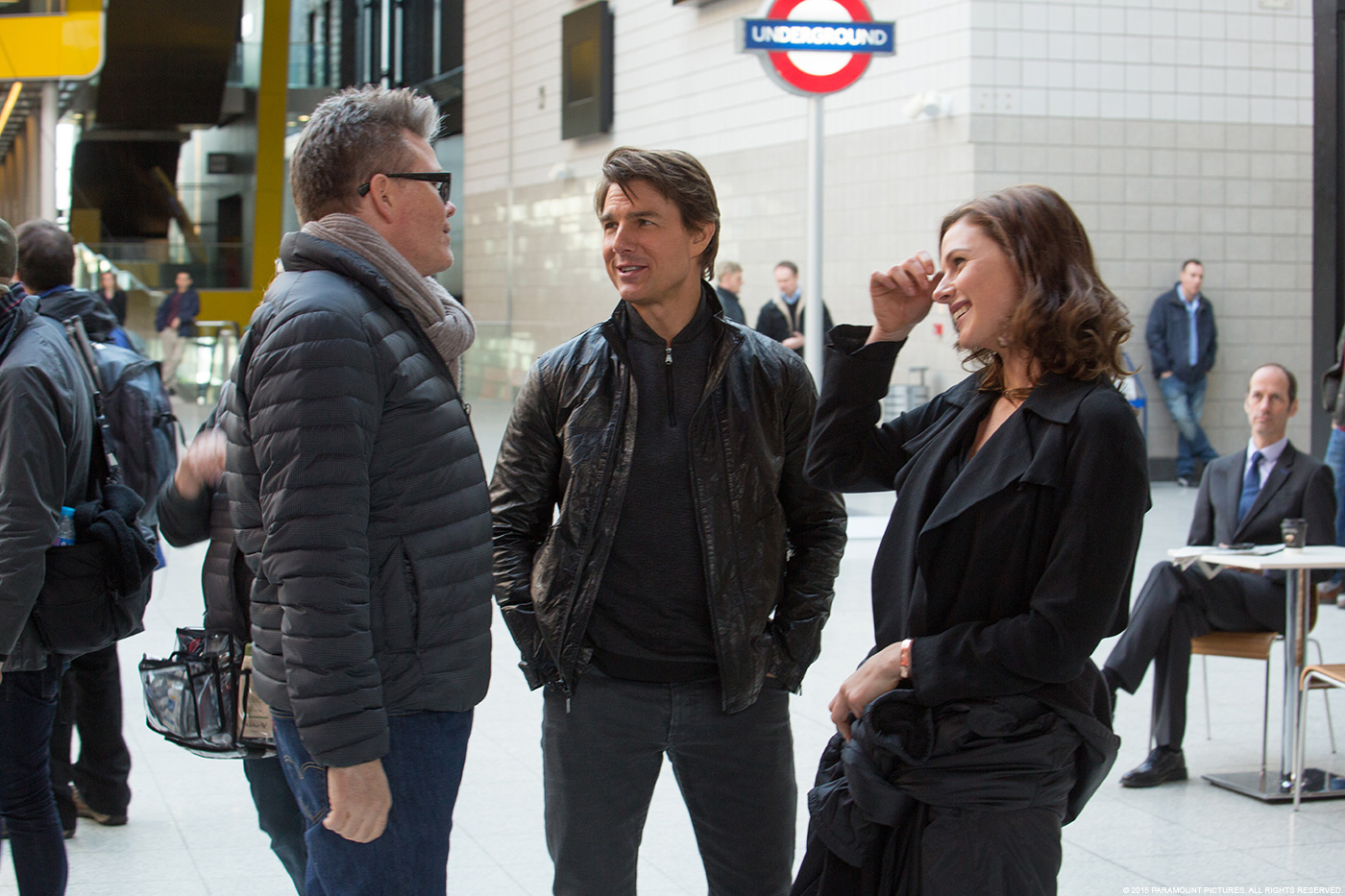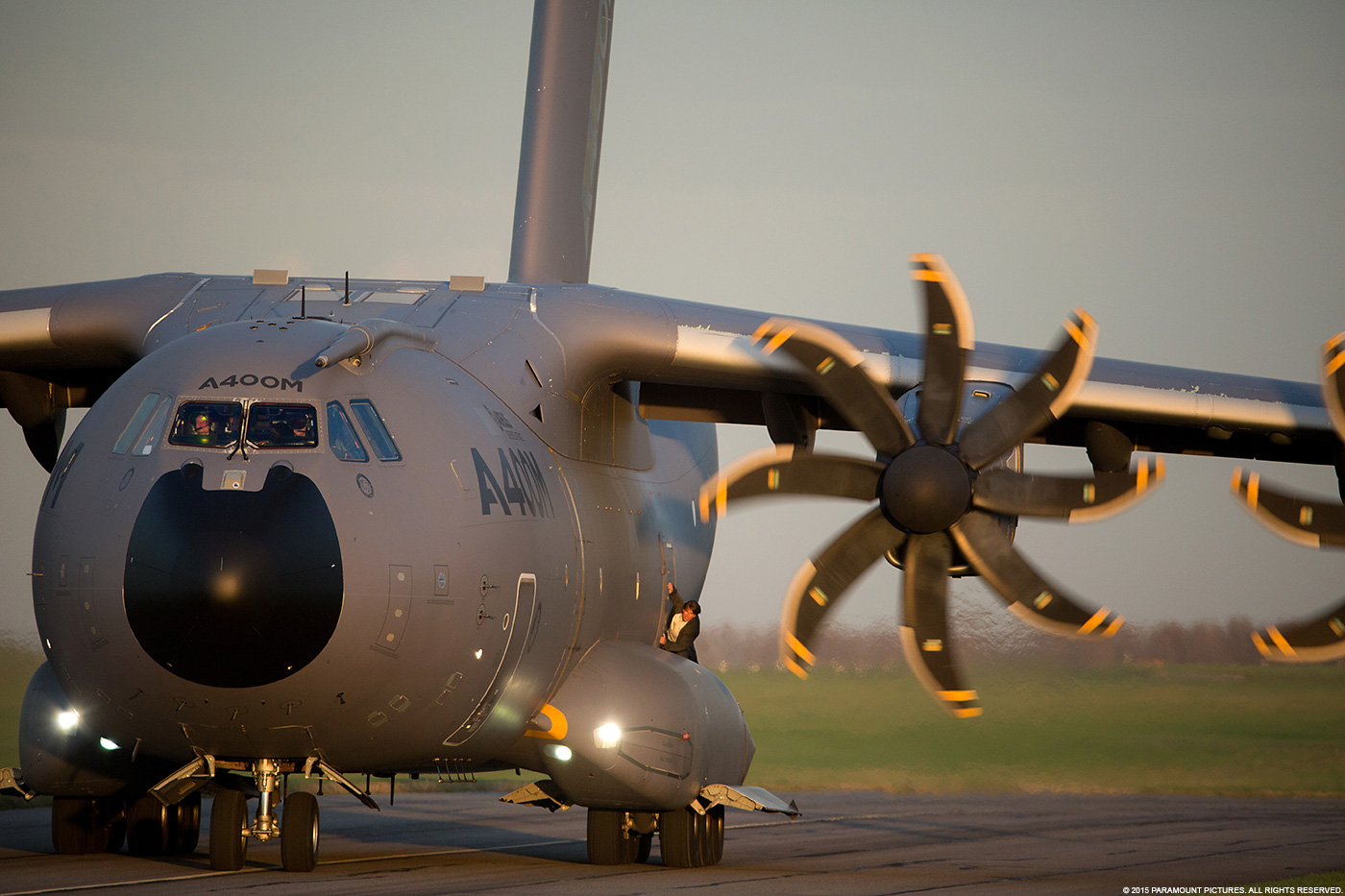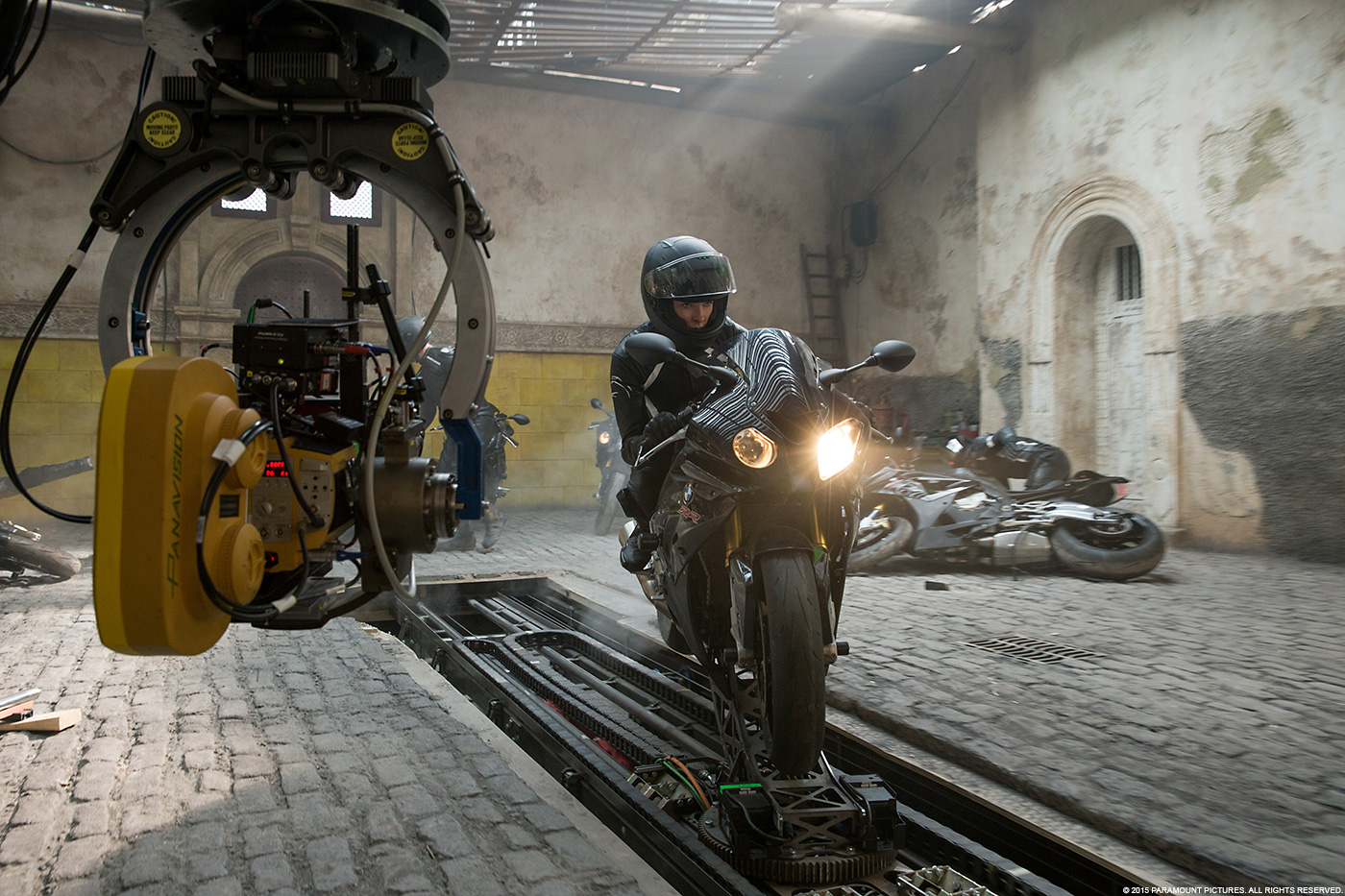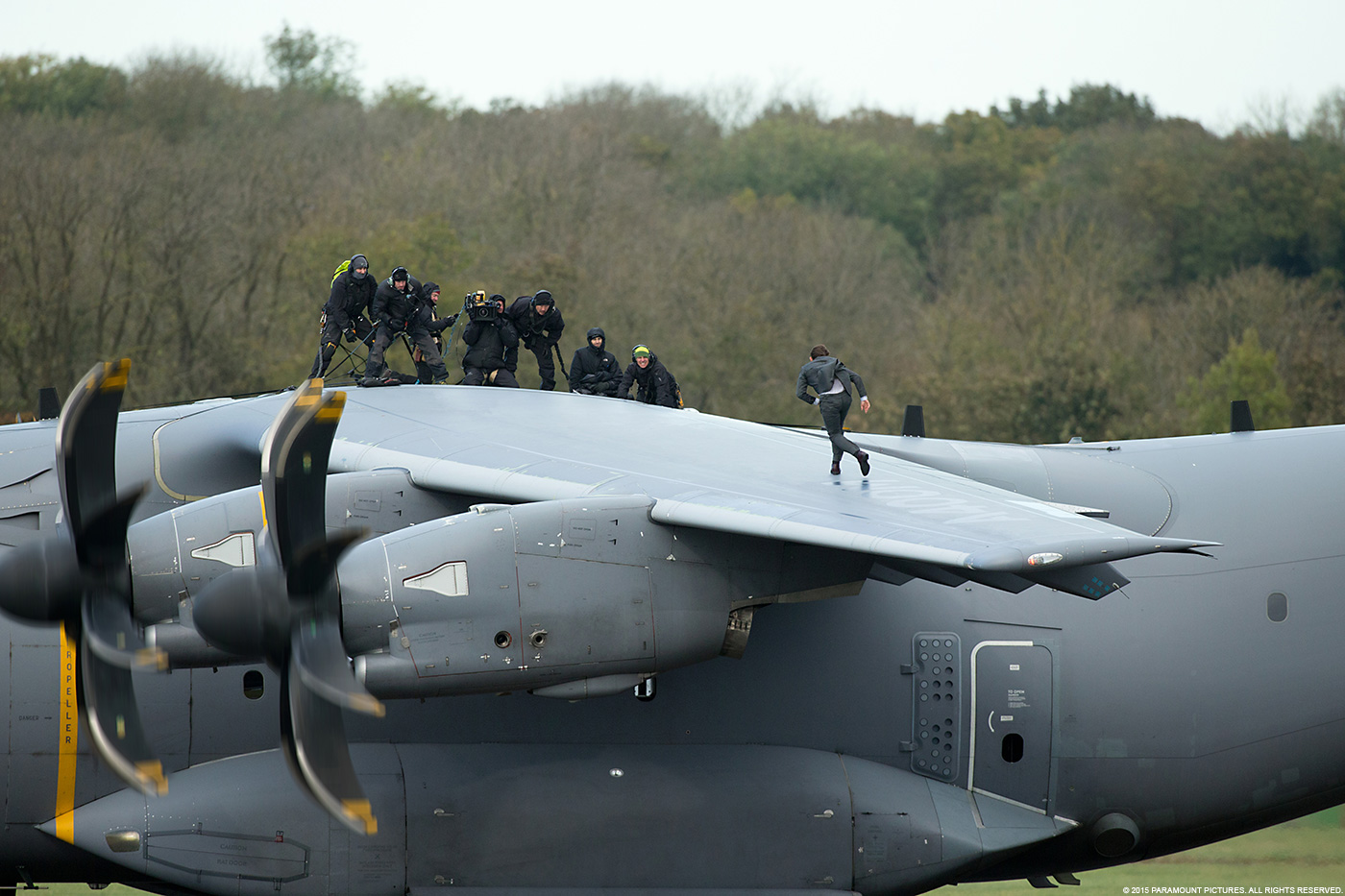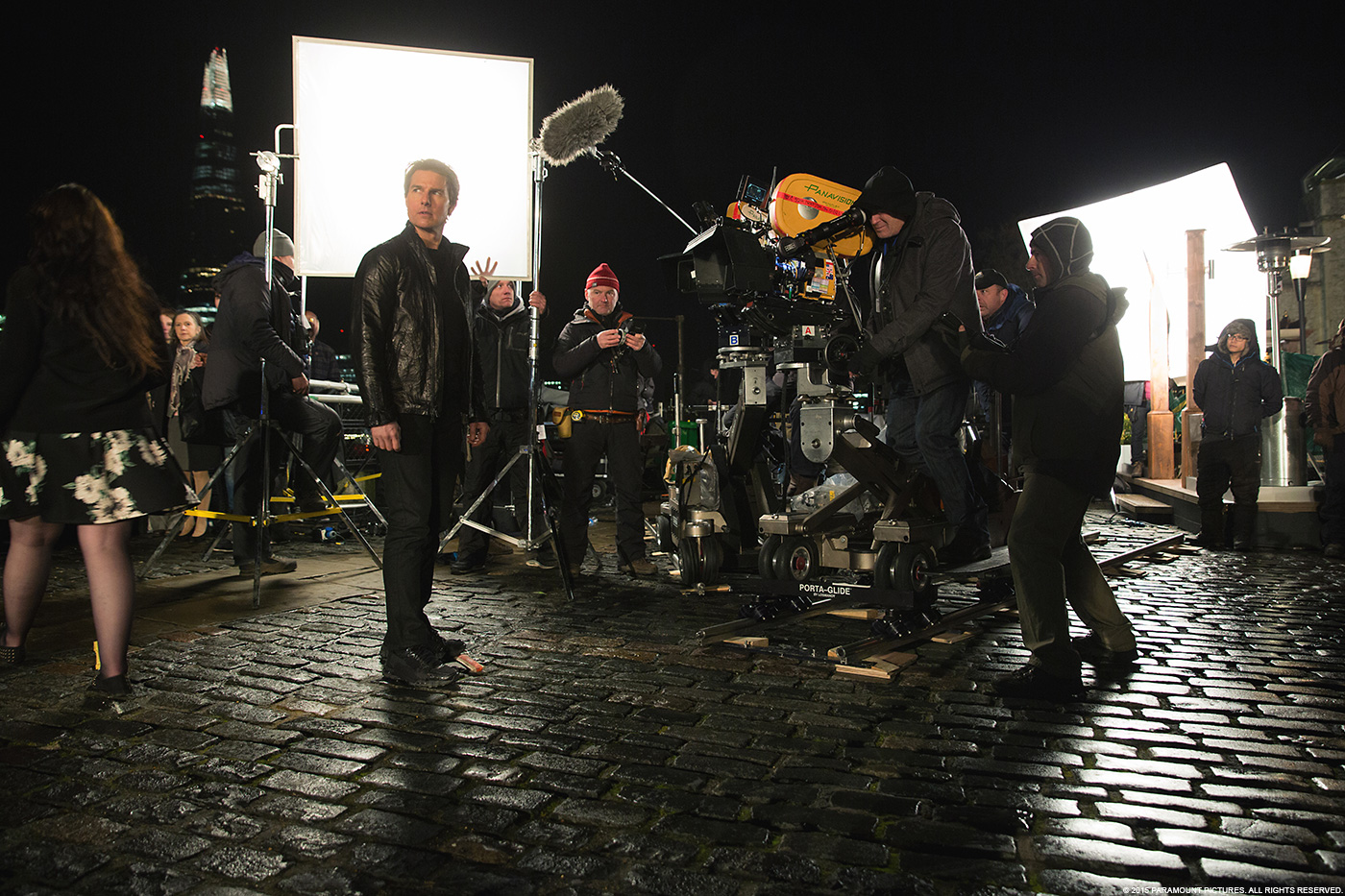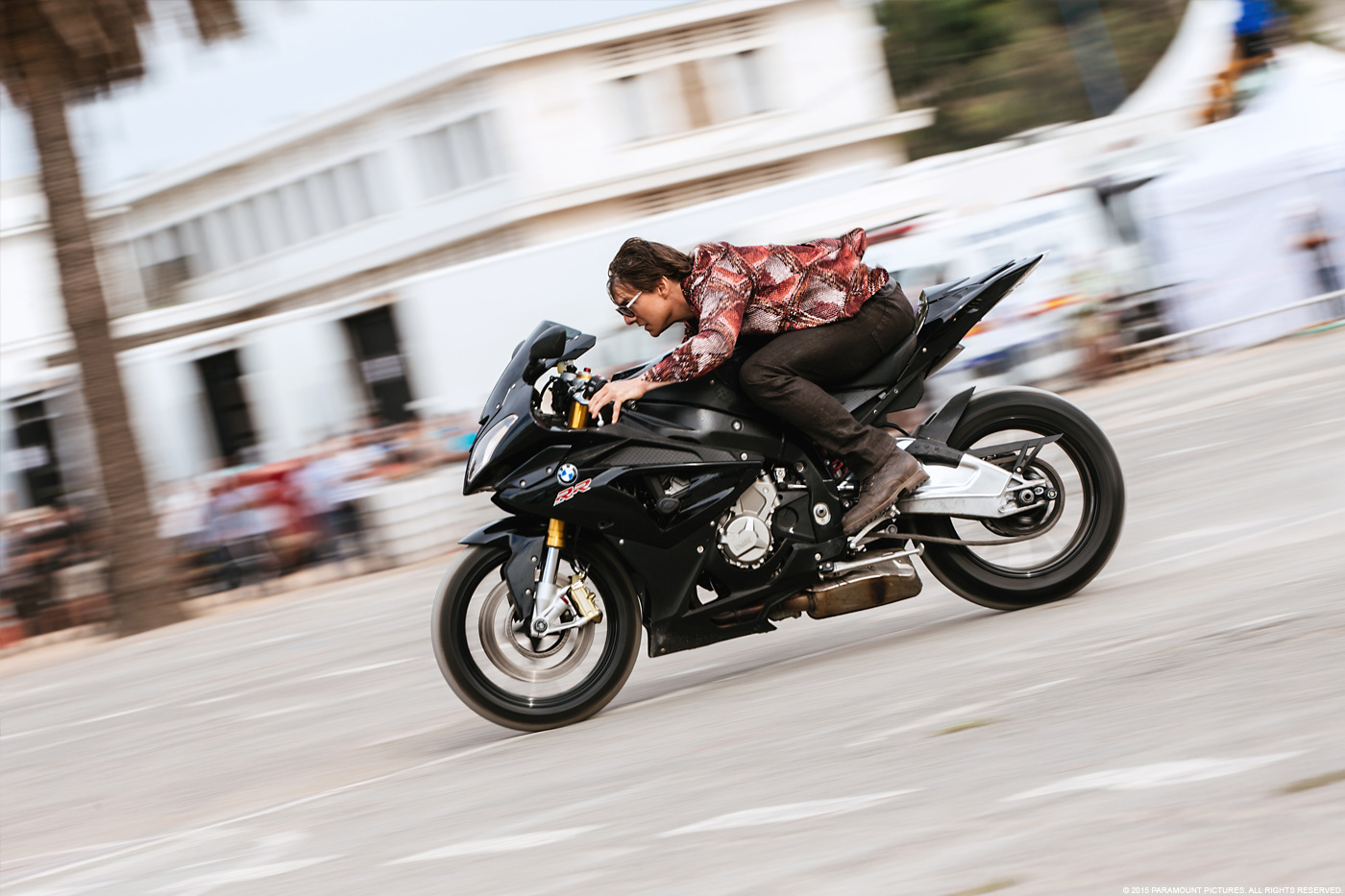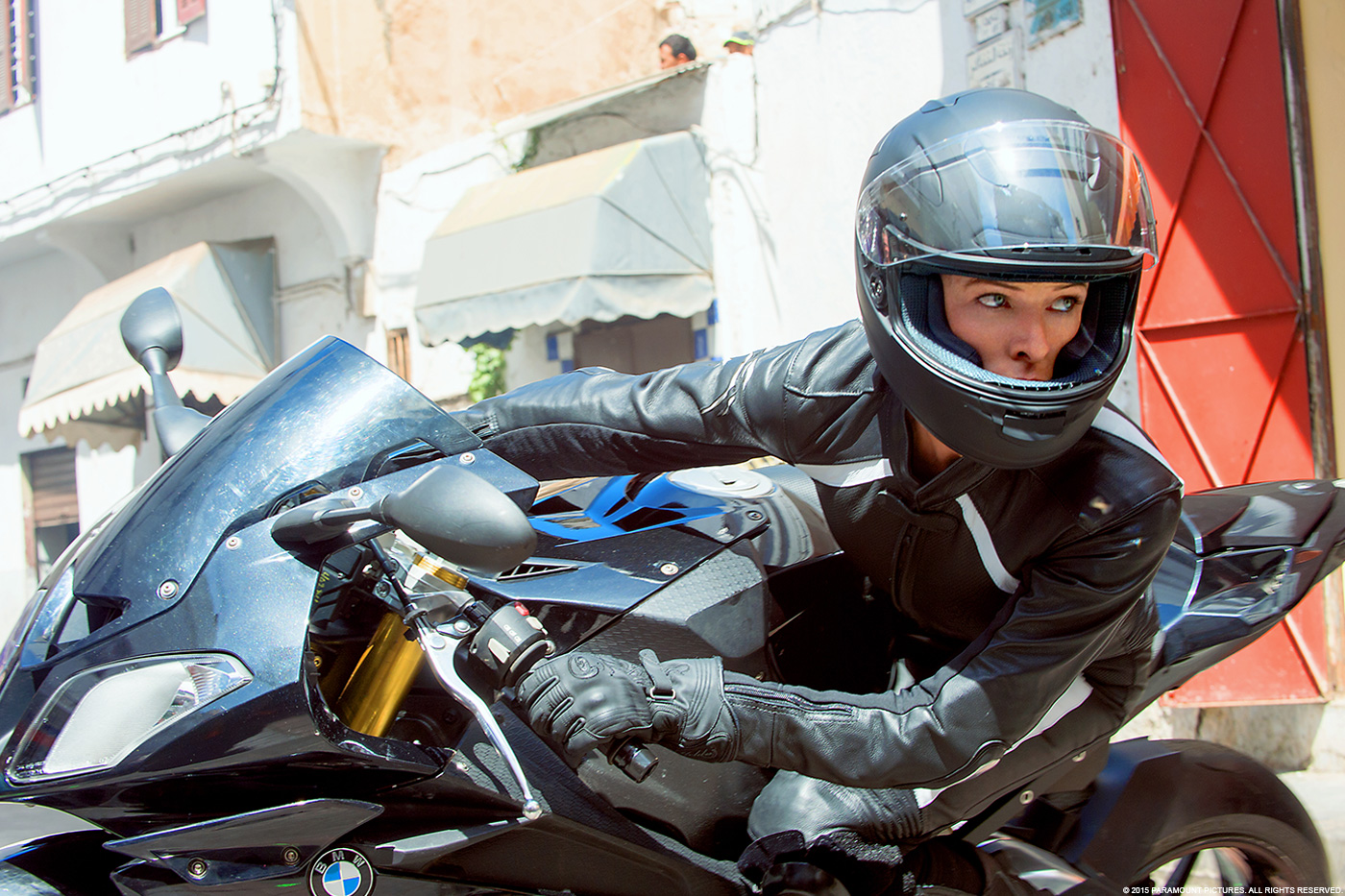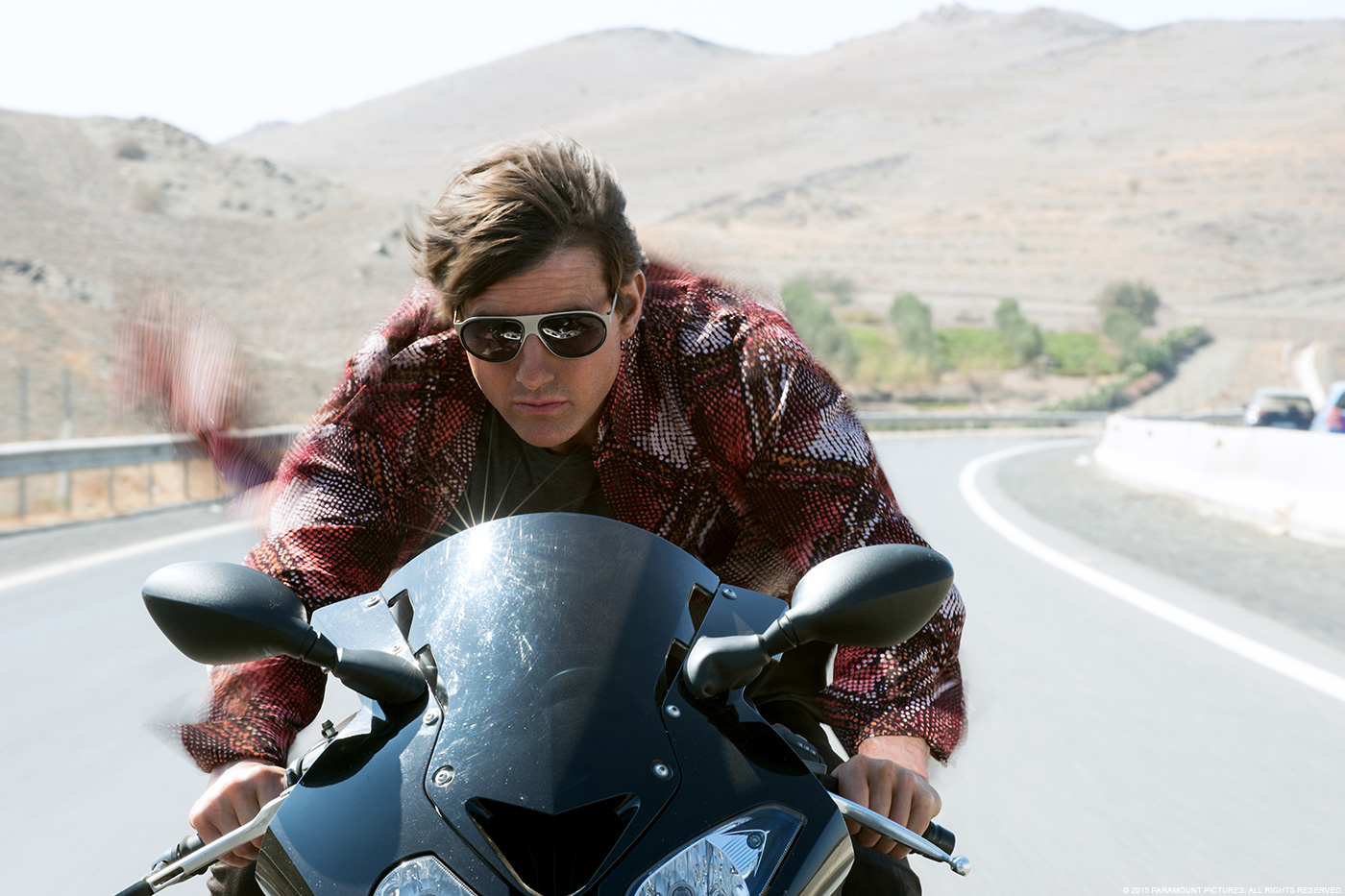Maricel Pagulayan began her career in the visual effects on X2. She then worked on films such as SUPERMAN RETURNS, VALKYRIE, AVATAR or THE SMURFS movie.
What is your background?
I started in Production as a Line Producer, UPM for independent features, commercials, music videos. Then, I had the opportunity to join X2‘s VFX department to manage their Plate unit. VFX Producer, Joyce Cox mentored me for a few shows thereafter. Joyce is a great teacher with a great sense of humor. She can also read the political dynamics of a creative meeting & impact upon VFX pretty quickly.
How did you get involved on this show?
I worked on VALKYRIE with Bryan Singer, Chris McQ, Tom & Don Granger as VFX Producer. McQ and I developed a great friendship during VALKYRIE. I told Chris to call upon me anytime.
How was your collaboration with director Christopher McQuarrie?
Great – I loved working with him. Chris is a very generous soul; specific when he knows the story he wants to tell and concise in his direction. Plus, he has a wonderful, playful sense of humor. Best of all – he listens even if he disagrees.
What was their approach about the visual effects?
As with all Mission films, we do as much “in camera” as possible – VFX are used when necessary as “invisible supporting VFX”.
How did you work with VFX Supervisor David Vickery?
It was a great collaboration – we worked well to anticipate issues and what we needed “practically” if a particular scene needed potential VFX support. The script and action wasn’t necessarily scripted or pre-planned. So, all departments had to be very nimble, creative and ready to “problem solve” every day on set.
Can you describe one of your typical day during pre-prod, shooting and post?
Meetings formal and informal with all Heads of Departments were absolutely key. Conversations around the water cooler helped fill in the information gaps of “new ideas” being explored. Shoot and Post was pretty much the same process as the script changes and the edits evolved. Clear communication is fundamental.
Can you tell us more about the previs process with The Third Floor?
Previs Supervisor, Vincent Aupetit and I received storyboards and worked daily with Chris & DP, Robert Elswit to help flesh out ideas as Chris was writing the script. For the car, motorcycle chase in Morocco – we collaborated with 2nd Unit Director, Gregg Smrz. Daily feedback is absolutely necessary in prep. We had a team of about 5-7 artists with us at Leavesden Stages. Then, once a sequence evolved to a point where Filmmakers were happy, Tech Vis with The Third Floor was a necessary step in breaking down the methodology on how to shoot the action practically – especially for the underwater Torus sequence.
Tom Cruise is doing again crazy stunts in this movie. Can you tell us more about the impressive opening sequence?
It’s all Tom – his courage to do the stunt practically was pretty scary. We took as many safety precautions & planned with the A400 engineers during prep. He wore protective contact lenses, but in the event any debris hit him he would be at risk. Amazingly, he did the stunt a total of 8 times in a UK Winter.
How did you collect all the useful information on-set for the post work?
Shooting crew consisted of a Data Wrangler for Main (Taylor Tulip-Close) and 2nd unit (Dan Pearson). We also had a Lead Coordinator, Simon Mills & VFX PA, Chor Man. Several Double Negative Supervisors helped out when we had several units going. (Ken Hahn, Paul Franklin, Graham Page, Sean Stranks). We used HDRI reference and DNEG’s “photo-booth” systems for digital doubles of principle actors and for the Vienna Opera house crowd replication systems. For LIDAR we used a Faro daily on set and for any specialty 3d scanning, we used Plowman Craven to support specialty props and cyber-scans.
Can you explain in details how you organize your work during the shooting and the post?
A FileMaker database is typically used to manage & codify the assets we’ve collected during the shoot. We also track each shot along with editorial. A key member of our Mi5 team was Robin Saxen who helped construct a solid & invaluable database with Editorial for tracking. We also received Weekly Asset and Shot status reports from each vendor to help reconcile all the changes & catch any details that inevitably fall through the cracks.
What was the most complicated sequence to filmed and why?
The Opera and Torus Underwater sequences were the most complex. The Vienna Opera was shot at the beginning the schedule – we were all just getting our team logistics down, but the actual Turandot performances and fight sequences were completed later in the schedule back in London. The Torus underwater sequence required the really tough choreography between Tom & Rebecca’s performance and the technical SFX rigs, remote hydro-head cameras and hand-held camera with DP, Pete Romano. We used the brand new Arri 65 camera and put it underwater. Anytime you shoot underwater it takes much longer than is planned.
A massive car and moto chase happens in Casablanca. How did you approach this big sequence?
Same as above. Do as much practically for coverage (Ace Stunt team, SFX Biscuit rig and Pursuit vehicle with remote heads).
How did you choose and split the work amongst the various vendors?
We had one primary vendor, Double Negative, one graphics team – SPOV, an In House team of 6-8 artists; Boutique house One of Us for complex interactive graphics and retimes; and Lola for cosmetic fixes. Assigning work to vendor is like casting – who is the appropriate artist team to work on a given shot?
Can you tell us more about the workflow management tools?
A database & communication with solid people to complete their duties consistently (naming conventions for example) is the heart of any workflow. We shot in film other than the underwater sequence. During shooting and post, the workflow challenge was color management with the tools available by Co3 UK. Sadly, we weren’t able to maintain matching CDL’s for VFX to match dailies grade. So VFX had to eye match color QT’s for submission. CO3 provided front and back end post services.
What was the main challenge and how did you achieve it?
The evolving script and exploration of ideas was difficult to manage time, resources and budget within parameters. It’s the same with all big shows like this. Bigger appetite than what you have. That’s where all department heads were challenged every day.
What was your feeling to be part of the Mission Impossible universe?
It is great to be part of an awesome crew and filmmakers who asked the very best from each of us every day. McQ and Tom exemplified the same work ethic.
Was there a shot or a sequence that prevented you from sleep?
The Torus sequence.
What did you keep from this experience?
The journey and whom you work with are how I evaluate a project’s experience. This was fun.
How long have you worked on this show?
Nearly 2 years.
How many shots have you done?
Over 1000.
What was the size of your team?
About 4-8 people from Prep, Shoot to Post.
What is your next project?
Don’t know yet – I’m looking around for what makes the best fit with the key people creative content of the film and me. It’s alchemy.
What are the four movies that gave you the passion for cinema?
2001: SPACE ODYSSEY – Stanley Kubrick
Z – Costa Gavras
BRIDGE OVER RIVER KWAI & LAWRENCE OF ARABIA – David Lean
YEAR OF LIVING DANGEROUSLY – Peter Weir
A big thanks for your time.
© Vincent Frei – The Art of VFX – 2015


